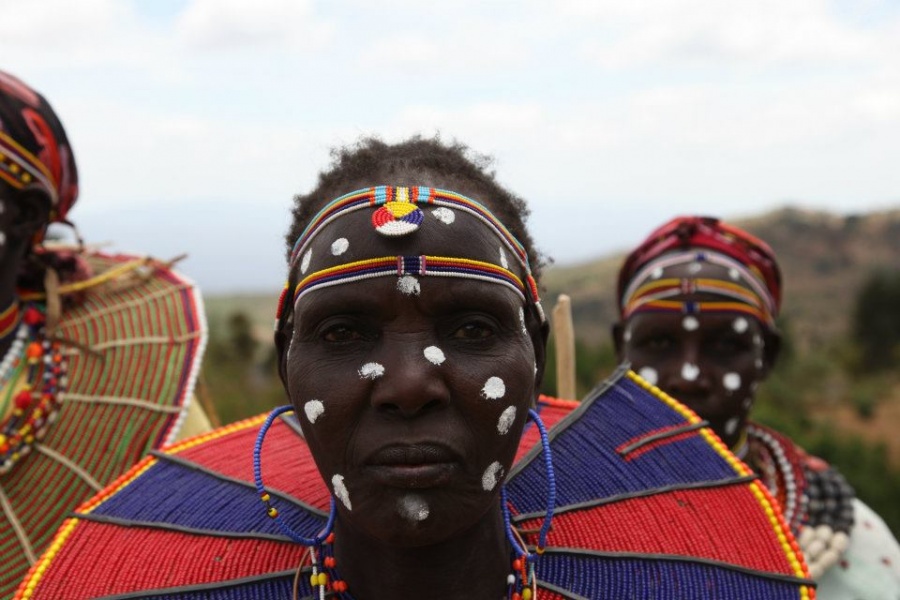The phrase “I tell you” may be translated approximately into Kalenjin. This relatively young ethnic identity has been constructed by a group of tribes that were originally separate but are culturally and linguistically close to one another. The name has been an essential component in this process. The decade of the 1940s is identified as the genesis of both the term “Karenjin” and the “Karenjin” ethnic identity. That is a very apparent indication of a desire to draw political strength from a larger number of people.

Beginning in the 1940s, members of these communities who were conscripting in the armed forces to fight in World War II (1939–1945) began to refer to themselves using the term kale or kole, which was derived from the practice of scarring the breast or the arm of a warrior who had successfully defeated an adversary in combat. An announcer by the name of John Chemallan used the term “kalenjok” while working on radio broadcasts during the war (“I tell you,” plural).
In later years, members of these organizations who were students at Alliance High School came together to create a club called “Kalenjin.” Since there were only fourteen of them, they were in the distinct minority at this famous institution, which was located in an area that was controlled by a different tribe called the Gikuyu. To differentiate themselves from the Gikuyu, the Kalenjin sought to have an external embodiment of their collective identity and togetherness. These freshmen, in their last year of high school, would go on to become the future leaders of the Kalenjin people. The establishment of a Kalenjin Union in Eldoret in 1948 and the beginning of production of a monthly magazine with the same name in the 1950s both contributed to the consolidation of the Kalenjin identity.
The people of Kenya, who are now known as the Kalenjin, did not have a communal name until the early 1950s. Prior to that time, scholars and administration officials commonly referred to them as the “Nandi-speaking tribes.” This was a practice that did not immediately stop after the adoption of the common name “Kalenjin” (cf. Evans-Pritchard 1965).
In the late 1940s and initial 1950s, a number of Nandi-speaking communities came together and adopted the name “Kalenjin,” which is a Nandi term that literally translates to “I say” (to you). As a direct result of these efforts, the people have developed into one of the most prominent ethnic groups in Kenya. The use of the term Kalenjin led to a standardization of several Nandi dialects, which was another consequence of its acceptance.